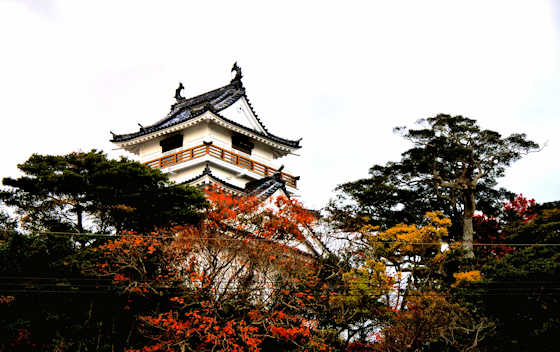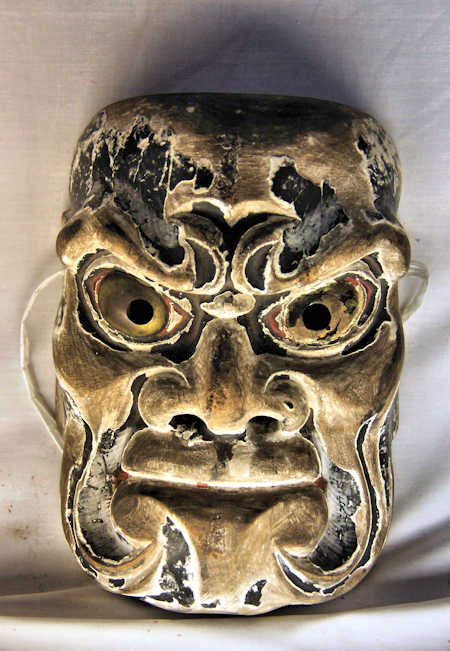As I was climbing up towards the first mountain temple on the Shodoshima Pilgrimage I spied ahead of me what I guessed was a kind of shrine. When I got to it I was faced with a stainless steel figure with big red eyes and an axe embedded in its skull.
Anger From the Bottom is a sculpture by "Beat" Takeshi Kitano and Keniji Yanobe, originally produced for the Setouchi Art Triennale that takes place in the area. It is one of the artworks that is now permanently on display.
Originally there was no roof over it, and the statue was below ground only rising up for 5 minutes every hour. Takeshi is famous in japan as a comedian and TV presenter, but internationally he is known as a film-maker. The unexpected and surprising is a large part of why I enjoy my walks around rural Japan......































































